Certain communication skills punch way above their weight. They seem small and insignificant on the surface, but when used effectively, they produce huge results. Proper eye contact is one of those skills.
A few years ago, I had a student who kept coming up to me after class to ask questions about material we had just covered in the discussion. Or, he would wonder about course details that I was certain were already spelled out on the syllabus, or in assignment sheets, or on PowerPoint slides I had already presented.
It’s not unusual for students to ignore these materials. I get that. But he repeatedly implied that he had looked and the information wasn’t there. He wasn’t a jerk about it. He was very friendly. Each time he engaged me, he walked right up to me with a smile, looked me directly in the eyes, and questioned what I had covered. Each time he questioned me, I began to question myself.
A few weeks went on like this, until I finally noticed a pattern. His grades weren’t that great. He missed some assignments. And his questions and comments in class indicated he had not done the reading. It was an “aha moment” for me. He, not I, was the one who was dropping the ball. My respect for this guy’s questions diminished immediately, but my respect for his communication style shot up.
He was an average student, but because he knew how to look me in the eyes in a warm and friendly way, I trusted him. That’s a powerful thing.
What are the benefits?
My story represents the tip of a research iceberg. The student used eye contact to project confidence and warmth, but eye contact does so many other things. Eye contact signals trust; it builds attraction; it improves facial and vocal expressiveness (I’m looking at you, monotone talkers); it makes the speaker more memorable, including on video; it makes the listener more honest and engaged; and the list goes on. Perhaps my favorite piece of recent research is the finding that eye contact correlates with higher IQ, or at least the perception of higher IQ.
And yet, perhaps no other visual communication practice has been so consistently mistaught as eye contact.
People have been told to look over the tops of heads, to the back wall, or at the bridge of the listener’s nose, or, most commonly, to scan the room as if the speaker is a lighthouse in a dark storm. People have been told that making eye contact means doing almost anything except making eye contact.
How is it done?
So, what are the guidelines for effective eye contact? Here are three key tactics worth mastering:
- Look at individual pairs of eyes. Do not look vaguely into the faces of people in a section of the room. Find a single person, make eye contact, and have a micro-conversation with that person.
- Hold eye contact for a strict minimum of 3 seconds. Even if the person looks away, continue to direct your eye contact to where their eyes were for another second or two, then transition.
- Transfer eye contact to another person in silence. After a few seconds of speaking to one pair of eyes, complete a word or phrase, then silently transfer contact to another pair of eyes.
This last step is the one even professionals neglect. I didn’t learn it until I was training to become a communication coach myself. To this day, I only see it recommended occasionally by other professionals. By silently shifting from one pair of eyes to the next, speakers add comfortable pauses and rhythm to speech delivery.
Amateur presenters think they need to make constant noise with their mouths. Mature presenters embrace that second or two of silence as their eye contact transitions from one listener to the next.
And here’s the coolest, hidden benefit: If you enforce that beat of silence between eyes, you significantly minimize filler words. Do you hate your moments of “um,” “like,” “you know,” “so,” “and,” “right?” Some of these instances are fine in a presentation, but they get obnoxious if used too much. Notice how often these fillers sneak into those moments when your eyes are moving. Transition eyes in silence, end fillers.
Finally, a caveat: I was leading a corporate workshop a few years ago when a man pointed out that he had grown up in a rough neighborhood, where making eye contact was the last thing you’d want to do with a stranger. It was an important reminder that guidelines for eye contact vary from culture to culture. Be sensitive to these variations and adjust your practice accordingly.
In general, however, eye contact is underused and underappreciated. With genuine eye contact, presentations become a series of micro-conversations with individual human beings. When a speaker looks someone in the eye, all audience members – not just the one in eye contact – sense that the speaker is making a confident, human connection. When this objective is achieved, virtually all other delivery skills improve, and persuasion skyrockets.
Ben Crosby is a professor of rhetoric and a communication skills consultant. He teaches courses in public speaking and presenting, argumentation and debate, technical and professional communication, persuasion and selling, and the history of rhetoric.
His work is regularly published in his field’s top academic journals and conferences. He is also the author of Presentations as Performance: A Professional’s Guide to Better Speaking.
Ben’s areas of expertise are Public Speaking, Presentation Skills, Argumentation, Sales Training, and Professional Writing.
In his free time, he spends time with his wife, Rebecca, their four kids, and their cat, Arza. He is an avid Utah Jazz fan.




